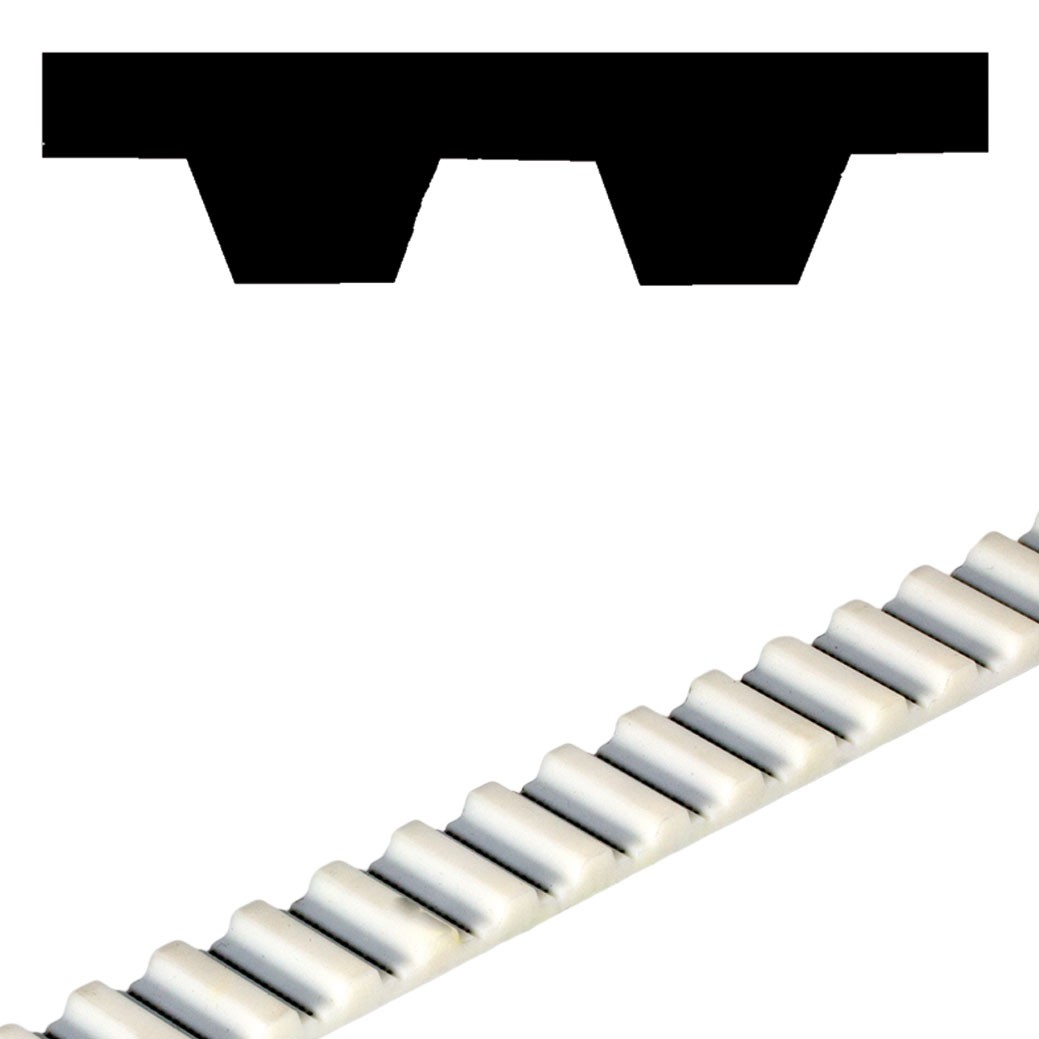Someone asked me why I was using belts for the racer's main drive. Kinetic sculptures apparently don't really use belts and pulleys. My main motivation for using belts is gearing down significantly while minimizing weight. Doing that with chains and sprockets would be so much heavier. I also want to reduce the lengths of the tire chains where possible.
The pulleys I sourced from Maedler North America are made from aluminum. The belts are steel-reinforced urethane belts and have trapezoidal teeth. The specs I've read just require that the belt engage 6 teeth on a pulley to get the rated capacity.
There would still be chains from the pedals to the drive shaft and from the drive output to the tires.
We had to do a lot of repairs during the race last year, so in-race maintenance is a top consideration, trumped only by weight. Though it's not bicycle tech, this technology is used in cars and other transmissions. As long as we get properly rated belts, I think it'll work.






No comments: